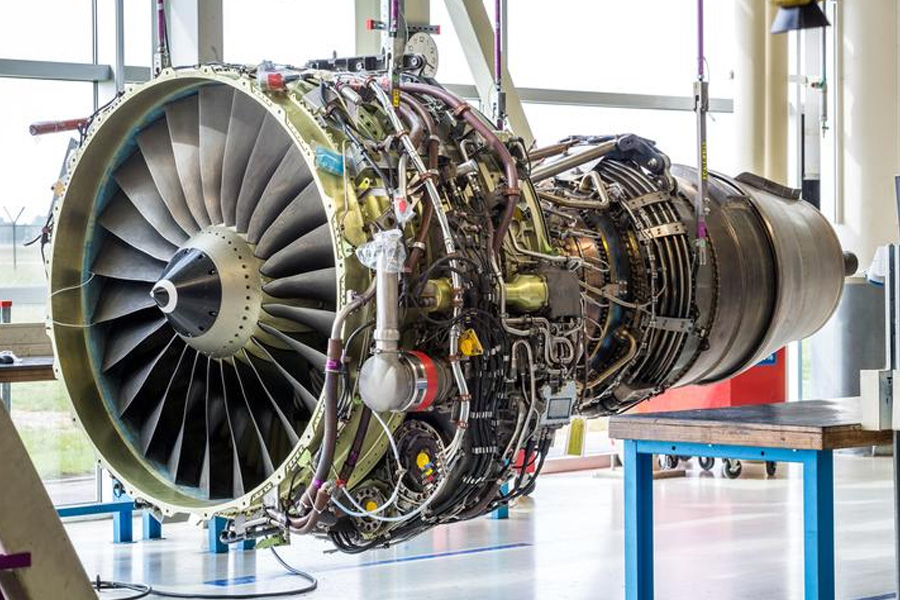Introduction
In recent years, drones have transformed from niche gadgets into essential tools across various industries. Their applications range from aerial photography and agricultural monitoring to advanced military operations and disaster management. This rapid evolution in drone technology owes much to advancements in aerospace engineering. In this article, we delve into the significant contributions of aero engineering to the development of drones and explore how these innovations are shaping the future of unmanned aerial vehicles (UAVs).
The Role of Aerospace Engineering in Drone Development
Aerospace engineering, the field that encompasses the design and development of aircraft and spacecraft, plays a crucial role in the evolution of drone technology. This interdisciplinary domain integrates principles from mechanical engineering, avionics, materials science, and aerodynamics to enhance the performance and capabilities of drones.
1. Aerodynamic Efficiency
One of the key contributions of aerospace engineering to drone technology is the improvement in aerodynamic efficiency. Engineers utilize advanced computational fluid dynamics (CFD) simulations to analyze and optimize the airflow around drone structures. This optimization leads to reduced drag and increased flight stability. By designing more aerodynamically efficient drones, aerospace engineers have enabled longer flight times, greater range, and improved maneuverability.
2. Lightweight Materials
Aerospace engineers have pioneered the use of lightweight, high-strength materials in drone construction. Innovations in composite materials, such as carbon fiber and Kevlar, have allowed drones to achieve greater durability and strength without compromising weight. These materials not only enhance the structural integrity of drones but also contribute to their overall performance by reducing energy consumption and improving flight dynamics.
3. Advanced Propulsion Systems
The development of sophisticated propulsion systems is another area where aerospace engineering has significantly impacted drone technology. Engineers have refined electric and hybrid propulsion systems to provide drones with more power and efficiency. Brushless DC motors and high-capacity batteries, designed with aerospace principles in mind, enable drones to carry heavier payloads, extend their operational range, and improve their overall reliability.
4. Precision Navigation and Control
Precision in navigation and control is critical for the effective operation of drones. Aerospace engineers have advanced the integration of GPS technology, inertial measurement units (IMUs), and sophisticated control algorithms. These advancements ensure that drones can perform precise maneuvers, maintain stable flight paths, and execute complex tasks with high accuracy. Innovations in flight control systems, such as the development of autonomous and semi-autonomous flight capabilities, have expanded the potential applications of drones across various sectors.
Innovations in Drone Design Inspired by Aerospace Engineering
The influence of aerospace engineering on drone design is evident in several innovative features and technologies:
1. VTOL (Vertical Take-Off and Landing) Capabilities
Inspired by aerospace principles, drones with VTOL capabilities can take off and land vertically, similar to helicopters. This design allows drones to operate in confined spaces and challenging environments where traditional fixed-wing aircraft cannot. Aerospace engineers have optimized VTOL systems to improve efficiency, stability, and operational versatility.
2. Swarming Technology
Swarming technology, inspired by principles from aerospace and robotics, involves the coordinated operation of multiple drones to perform complex tasks. This technology mimics the behavior of swarms in nature, such as flocks of birds or schools of fish. Aerospace engineers have developed algorithms and communication systems that enable drones to work together seamlessly, enhancing their effectiveness in applications like search and rescue missions, agricultural monitoring, and military operations.
3. Enhanced Safety Features
Safety is paramount in drone operation, and aerospace engineering has contributed to the development of advanced safety features. Innovations such as collision avoidance systems, redundant sensors, and fail-safe mechanisms ensure that drones can operate safely in various environments. These safety features are crucial for minimizing risks and ensuring reliable performance, particularly in complex and high-stakes applications.
Future Prospects and Emerging Trends
As drone technology continues to evolve, aerospace engineering will play a pivotal role in shaping the future of UAVs. Several emerging trends and areas of research are likely to drive further advancements:
1. Hybrid Propulsion Systems
The development of hybrid propulsion systems, combining electric and conventional engines, is expected to enhance drone capabilities. Aerospace engineers are exploring ways to integrate these systems to achieve optimal performance, efficiency, and sustainability.
2. Advanced Materials and Manufacturing Techniques
Ongoing research into advanced materials and manufacturing techniques, such as 3D printing and nanotechnology, promises to revolutionize drone design. These innovations will enable the creation of lighter, stronger, and more complex drone structures, leading to improved performance and capabilities.
3. Autonomous and AI-Driven Systems
The integration of artificial intelligence (AI) and machine learning into drone technology is set to revolutionize the industry. Aerospace engineers are developing autonomous systems that can make real-time decisions, adapt to changing conditions, and perform complex tasks with minimal human intervention.
Conclusion
Aerospace engineering has made invaluable contributions to the advancement of drone technology. From optimizing aerodynamic efficiency and developing lightweight materials to refining propulsion systems and enhancing navigation precision, the influence of aerospace principles is evident in every aspect of modern drones. As the field of aerospace engineering continues to evolve, it will undoubtedly drive further innovations and improvements in drone technology, unlocking new possibilities and applications for unmanned aerial vehicles.
By understanding and appreciating the intersection of aerospace engineering and drone technology, we can better anticipate the future advancements that will shape the next generation of UAVs. The ongoing collaboration between these fields promises to deliver even more exciting and transformative developments in the years to come

